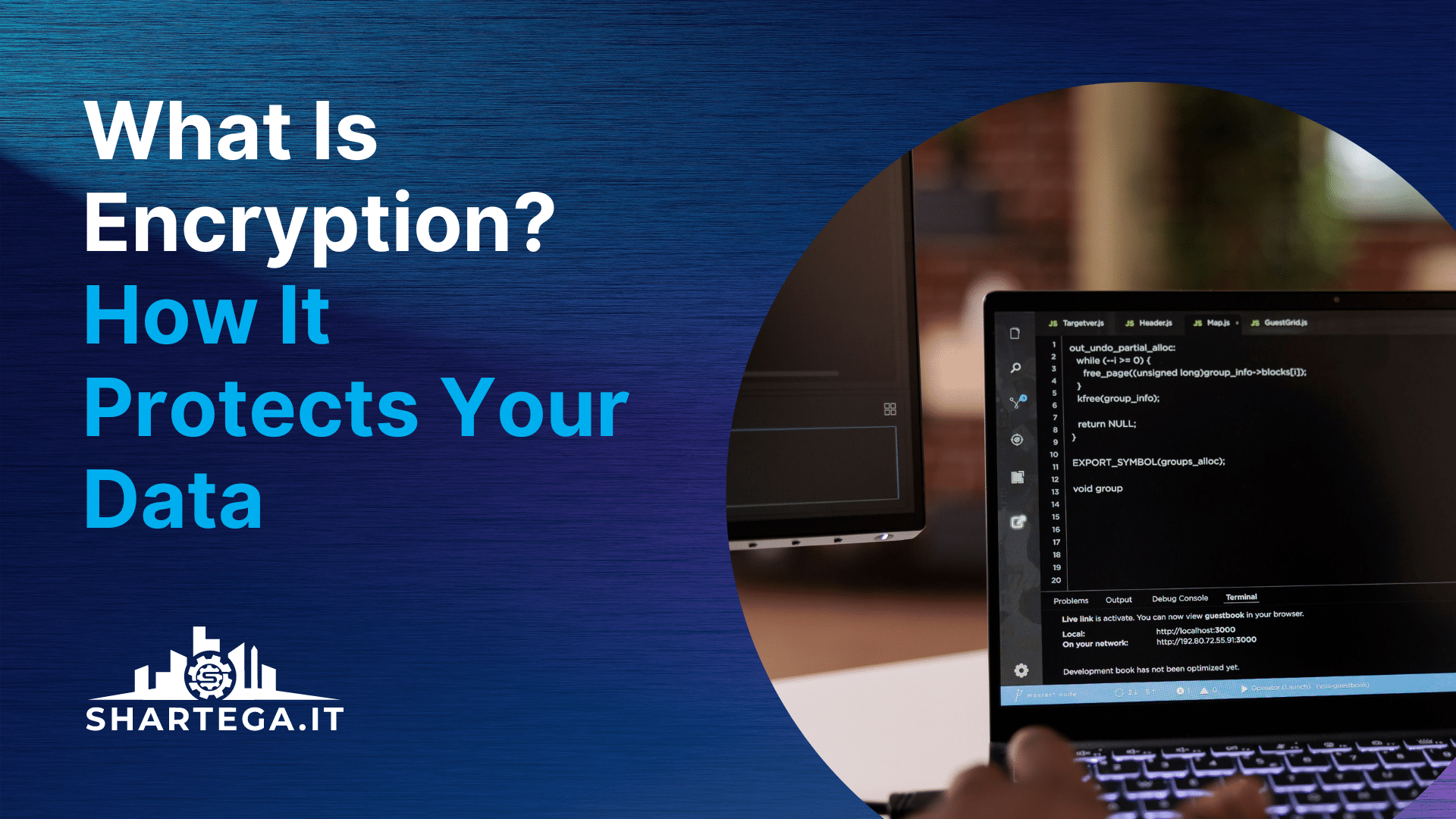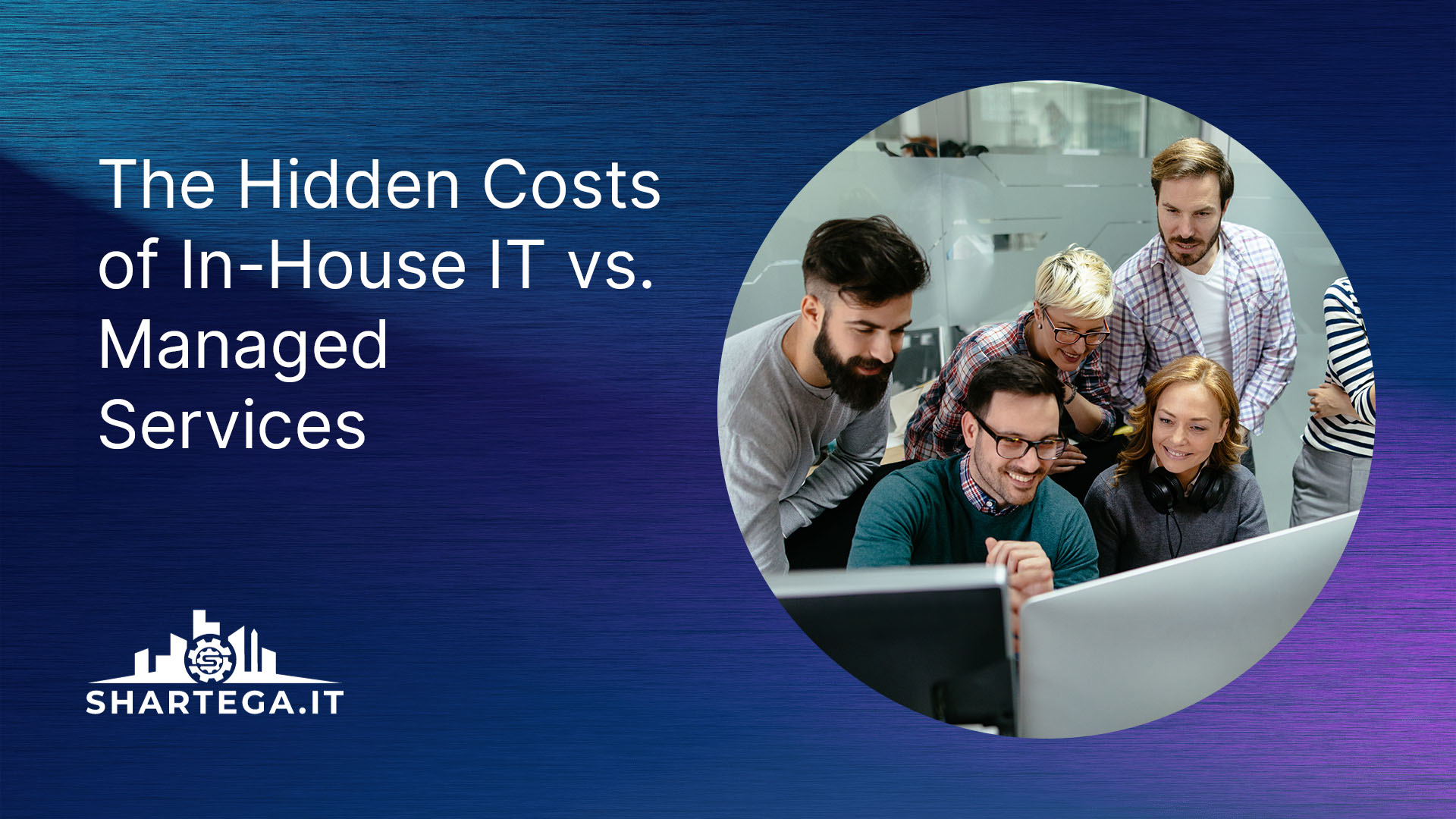You may hear the word “encryption” used frequently or have it explained in terms you don’t really understand. You might not know quite what it can be used for, or when data encryption is even necessary for your business. Basically, you want to know what it’s all about! And the best way to do that is by taking a look at some examples of real-life data encryption.
It’s easy to joke that your data is all safe because only you and “the cloud” can read it, but encryption is one of the most important things when it comes to securing data. And not just your data — everything from government documents, medical records, and bank records are encrypted too.
Data Encryption—What Is It?
Data encryption is a method of securing information by transforming it into an unreadable format, known as ciphertext. This data appears scrambled to anyone trying to access it without permission and can only be decrypted by a user with the encryption key.
Data encryption protects all types of sensitive information, including financial documents, personal files, and medical records. It’s also commonly used to secure computer networks against cyber attacks.
Encryption works by converting plaintext (unencrypted) data into an unreadable format called ciphertext using an algorithm. The recipient uses what’s called a key to decrypt the ciphertext back into its original form. The key is usually a long string of numbers and letters that are unique to each user or device in order to prevent unauthorized access by third parties trying to break into encrypted data.
2 Types Of Data Encryption
Symmetric Encryption
Symmetric encryption uses a single key to encrypt and decrypt data. The same key is used for both actions, so if you lose the key, you can’t decrypt the data you encrypted with it. Symmetric encryption is faster than asymmetric encryption because it only requires one operation rather than two. However, its downside is that if someone learns your secret key, they can decrypt all of your data that was encrypted with that key.
Asymmetric Encryption
Asymmetric encryption uses two mathematically related keys — one private and one public — to secure communications between users. The private key must be kept secret; otherwise, anyone could decrypt communications protected by the corresponding public key. The public key may be made freely available in order to allow others to send messages that only you can open (with your private key). Asymmetric encryption is slower than symmetric encryption because it requires two operations to process each bit of data; however, it offers greater security compared to symmetric.
Encryption In Transit vs. Encryption At Rest
In Transit
Encryption in transit means that data is encrypted while it’s being sent over a network. For example, when you send an email through Gmail or download a file from Dropbox, that data is transmitted over the internet. Data encryption in transit ensures that no one can intercept this information while it’s being transferred.
At Rest
At rest refers to any time that an application or user is not using data. At rest data encryption is most commonly used in situations where you have sensitive data stored on a device such as a laptop, hard drive, or backup drive. At-rest encryption ensures that if the device is lost or stolen, the data cannot be accessed without the correct password.
Why Is Encryption So Vital For Any Business?
Data encryption is critical to protect against modern security threats, such as state-sponsored cyberattacks and ransomware attacks. When someone’s data is encrypted, only they have access to it — not cybercriminals or other attackers trying to steal personal information or financial information.
Data integrity is extremely important in any organization where sensitive information is being used because it can have serious implications on business operations and cause significant financial losses. If an attacker were able to modify or delete sensitive data, they could change critical records and documents such as customer information, financial transactions, and employee records which could lead to identity theft and fraud as well as other forms of financial loss.
Here are some common types of valuable data that should be encrypted:
Financial information (past transactions, bank account numbers, credit card information)
Contacts
Healthcare data
Employee and customer information
Healthcare data
Legal contracts
Encryption also helps ensure that the right people are given access to the correct information at the right time, which helps organizations comply with regulatory requirements like GDPR and HIPAA (Health Insurance Portability and Accountability Act).
Final Thoughts
Data encryption is an essential component of company safety. Your and your customers’ sensitive data needs to be protected from loss, disclosure, and modification. Another advantage for businesses is compliance with regulatory requirements such as HIPAA, Sarbanes-Oxley, Gramm-Leach-Bliley, and others.
Overall, because security attacks are on the rise and vulnerabilities are being discovered all the time, encryption is not only vital to our digital safety but will continue to be at the forefront of ensuring that businesses can prosper in this increasingly digital world.
If your business needs help understanding or implementing data encryption, please do not hesitate to reach out to us for help!





